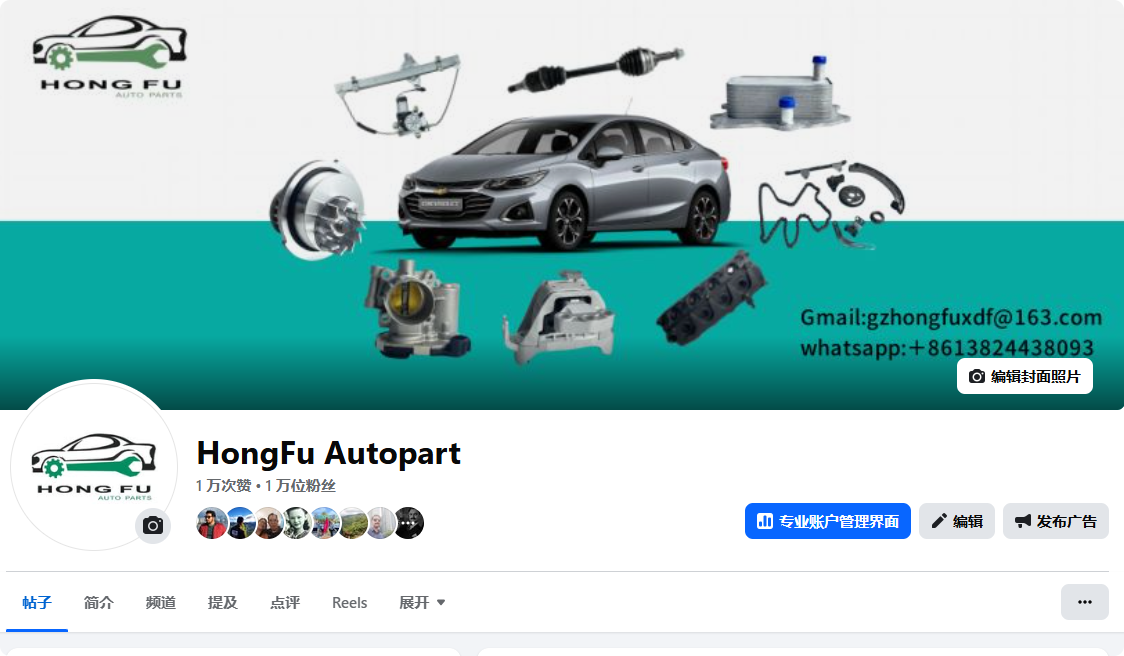Email cannot be empty
Password cannot be empty
Email format error
Email cannot be empty
Email already exists
6-20 characters(letters plus numbers only)
The password is inconsistent
Email format error
Email cannot be empty
Email does not exist
6-20 characters(letters plus numbers only)
The password is inconsistent


Master DIY Brake Pad Replacement: Complete Guide for Honda, Toyota, Ford & Chevrolet Owners
With dealerships charging $300-$600 for brake service, learning to replace brake pads yourself could save you thousands over your car's lifetime. This comprehensive 2,000-word guide reveals professional techniques adapted for Honda Civic/Accord, Toyota Camry/RAV4, Ford F-150/Focus, and Chevrolet Silverado/Equinox owners.
Why DIY Brake Service Makes Financial Sense
Modern brake pads typically last 30,000-70,000 miles. At current labor rates:
Dealership brake service: $350-$600
DIY parts cost: $50-$150 per axle
First-time DIY savings: $200-$450
With proper guidance, even beginners can complete this repair in 2-3 hours using basic tools.
Universal Tools Checklist (All Makes)
These essentials work for most Honda, Toyota, Ford and Chevrolet models:
3-Ton Jack & Stands - Never work under car supported only by jack
19mm Socket/Wrench - Common caliper bolt size
C-Clamp/Piston Tool - For piston retraction
Torque Wrench - Critical for proper bolt tightening
Brake Cleaner & Lubricant - CRC brand recommended
Step-by-Step Replacement Process
1. Wheel Removal & Initial Inspection
After securing vehicle:
Check pad thickness through caliper window
Measure rotor thickness (minimum 22mm for most sedans)
Identify unusual wear patterns
2. Caliper Removal (Brand Variations)
Honda/Toyota: Typically uses sliding pin design - remove 14mm/17mm bolts
Ford/Chevy Trucks: May require 21mm socket for larger calipers
Pro Tip: Hang calipers with wire hook to avoid stressing brake lines
3. Pad Replacement & Lubrication
Critical steps for noise-free operation:
Clean caliper brackets with wire brush
Apply silicone grease to pad backing plates
Lubricate slider pins (Honda CR-Vs need special attention)
Use shims included with quality pads
Brand-Specific Considerations
Honda Accord/Civic
2016+ models may require electronic parking brake reset
Use OEM-style wear sensors for LX/EX trims
Toyota Tacoma/RAV4
4WD models need extra clearance for front calipers
Apply anti-seize to hub-centric wheel rings
Ford F-150
Heavy-duty C-clamp required for large pistons
Check rear parking brake adjustment
Post-Installation Safety Checks
Before road testing:
Pump brake pedal until firm
Test at low speed (5-10 MPH) first
Bed-in new pads properly:
5 moderate stops from 30MPH to 15MPH
2 hard stops from 40MPH to 10MPH
Allow 15-minute cooling period
When to Seek Professional Help
While most brake jobs are DIY-friendly, consult a mechanic if you notice:
Pulsating brake pedal (warped rotors)
Fluid leaks near calipers
Electronic parking brake malfunctions
Frequently Asked Questions
Q: How often replace brake pads?
A: Varies by driving style - inspect every oil change. Most last 2-5 years.
Q: Best brake pads for daily drivers?
A: Ceramic pads offer quiet operation with less dust (Akebono, Bosch recommended).
Q: Torque specs for caliper bolts?
A: Typically 25-35 ft-lbs for most passenger vehicles - always verify in service manual.

